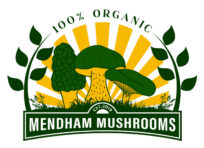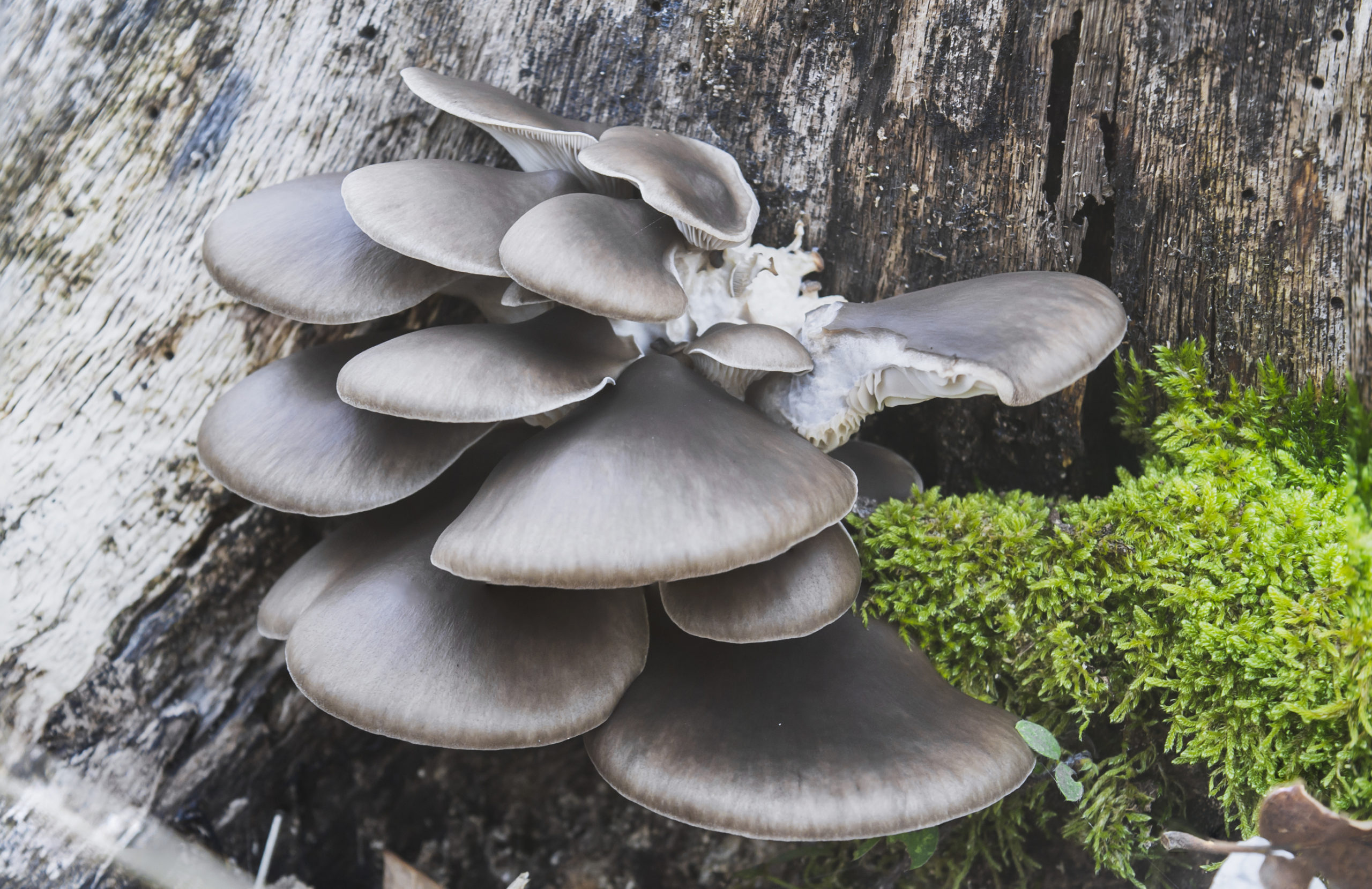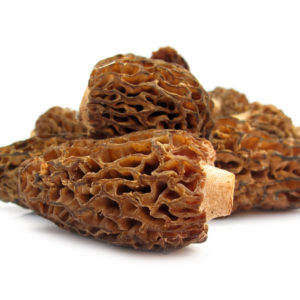Blue Oyster mushrooms grow in large, shelf-life structures comprised of dense, overlapping clusters of individual fungi. They grown naturally in spring and fall climates. Blue Oysters have a spongy, dense, and slightly chewy consistency. When raw, the mushrooms bear a scent reminiscent of the seashore combined with anise and have a subtly metallic flavor. Once cooked, Blue Oysters soften, developing a velvety, tender texture and contain a mild, earthy, and savory taste with licorice-like nuances. Once cooked, Fresh Blue Oyster mushrooms will keep for 2 to 3 days in the refrigerator, or they can be frozen for up to three months. They can also be dried and kept in a sealed container away from direct sunlight for extended use.
Blue Oyster Mushrooms have been presumed to promote heart and immune system health, encourage healthy blood sugar control, and provide antioxidant and anti-inflammatory effects.
Scientific Name | Pleurotus ostreatus var. Columbinus |
|---|---|
Common Names | Blue Oyster |
Origin | Morris County NJ, USA |
Shelf Life | 3 months |
Flavor | Savory slightly anise flavor |
Recommended Uses | Cooking |
Cooking Suggestions | Rehydrate in bowl of warm water for 20 minutes Omelettes |
Nutrients | Per 4 oz: 40 calories, 7.29g of carbohydrates, 0.5g of fat, 3.79g of protein, 2.7g of fiber, 20mg of sodium, 1.26g of sugar |
Presumed Medical Benefits | Promotes heart and immune system health, encourages healthy blood sugar control, and provides antioxidant and anti-inflammatory effects. |
Allergy Information | Some people may have mild allergic reactions in the form of an upset stomach to Oyster Mushrooms. They will react in the same way as they would, say, to another kind of vegetable or food that “didn’t agree with them.” |




Reviews
There are no reviews yet.